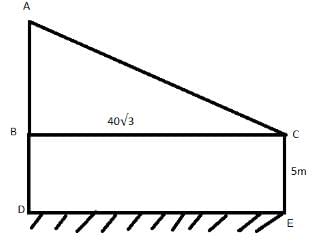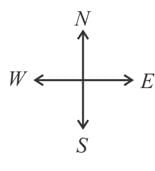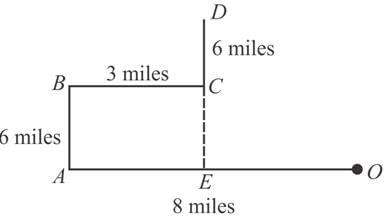SRMJEE Mock Test - 7 (Medical) - JEE MCQ
30 Questions MCQ Test - SRMJEE Mock Test - 7 (Medical)
A pIano-concave lens is made of glass of refractive index 1.5 and the radius of curvature of the curved face is 50 cm. The power of the lens is
Which of the following is incorrect about the sensitivity of a moving coil galvanometer?
In photoelectric effect, the K.E. of electrons emitted from the metal surface depends upon
What is the weight of a body at a distance 2r from the centre of Earth if the gravitational potential energy of the body at a distance r from the centre of Earth is U?
When one of the slits in Young's experiment is covered with a transparent sheet of thickness 3.6 10-3 cm, the central fringe shifts to a position originally occupied by the 30th bright fringe. If λ = 6000 Å, then the refractive index of the sheet is
A square loop is made by a uniform conductor wire as shown in figure
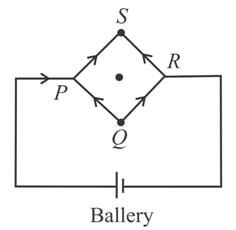
The net magnetic field at the centre of the loop if side length of the square is a
For Zn2+/Zn = - 0.76 V, Cl2/Cl- = 1.36 V, H+/(1/2)H2 = 0 V and Fe3+/Fe2+ = 0.77 V, the increasing order of strengths as a reducing agent is
Consider the following half reactions:
Zn2+ + 2e- → Zn(s); E0 = -0.76V
Cu2+ + 2e- → Cu(s); E0 = -0.34V
Which of the following reactions is spontaneous?
The chemical reaction, 2AgCI(g) + H2(g) → 2HCI(aq) + 2Ag(s) taking place in a galvanic cell is represented by the notation:
The method of zone refining of metals is based on the principle of
More number of oxidation states are exhibited by the actinoids than by the lanthanoids. The main reason for this is
Pick the odd one in each series and select the correct option:
(i) Areolar tissue, blood neuron, tendon
(ii) Salivary gland, gastric gland, tear gland, thyroid gland
(iii) Adrenal gland, sweat gland, milk gland, oil gland
Which hormone is released by the JG cells in response to a fall in glomerular blood flow?
Correct sequence of layers of bacterial cell envelope from outward to inward is
Which of the statements given above is/are correct?
i. Lipids are generally water soluble and include simple fatty acids.
ii. Fatty acids can be either saturated (without double bonds) or unsaturated (with one or more double bonds).
iii. Glycerol is a simple sugar that can be esterified with fatty acids to form triglycerides.
iv. Phospholipids are found in cell membranes and contain phosphorus.
Arrange the following in the increasing order of their size:
Which one of the following microbes is used in the commercial production of ethanol?
Refer to the given diagram. What does it represent?
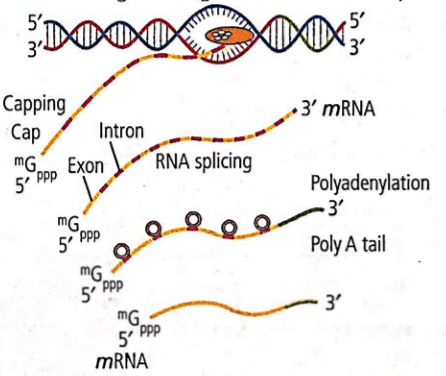
How does the Law of Segregation explain the inheritance of traits in offspring?
A human male produces sperms with the genotypes AB, Ab, aB, ab pertaining to two diallelic characters in equal proportions. What is the corresponding genotype of this person?
In an exam, the minimum passing marks have been set at 40%. A student scores 164 marks and fails by 76 marks. Find out the maximum marks of that exam.
From the top of a platform 5 metre high, the angle of elevation of a tower is 30 degrees. If the platform is positioned 40√3 metres away from the tower, how tall is the tower?
Directions: Read the given information carefully and answer the questions given below:
Rana drove 8 miles due west, then 66 miles due north, then 3 miles due east and then 6 more miles due north. The distance between the initial and final position is _______.
Which of following is true about equity ownership in different countries?
Directions: Choose the word/group of words which is most similar in meaning to the word printed in underline as used in the passage.
Comparable







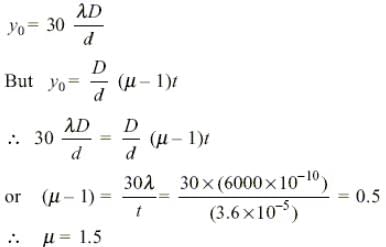

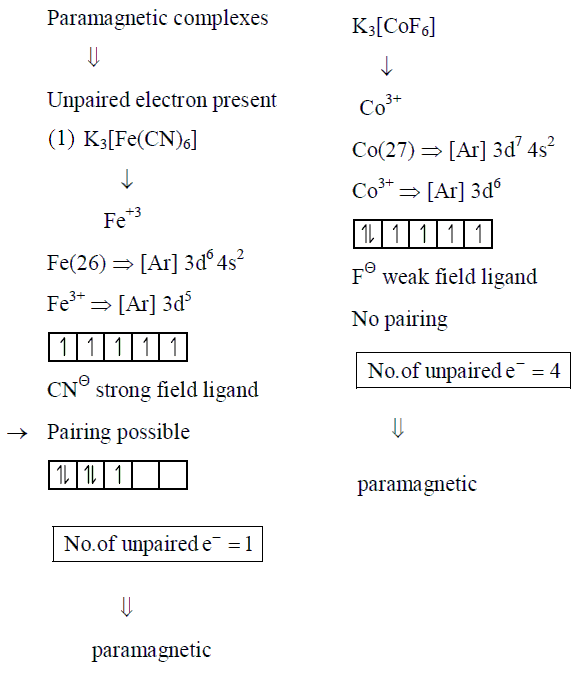

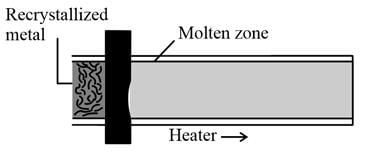
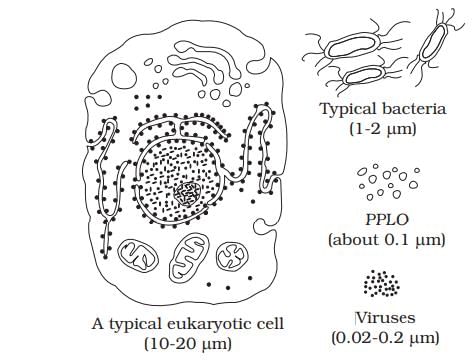
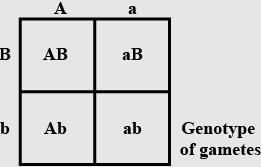
 × 100
× 100 = 600
= 600